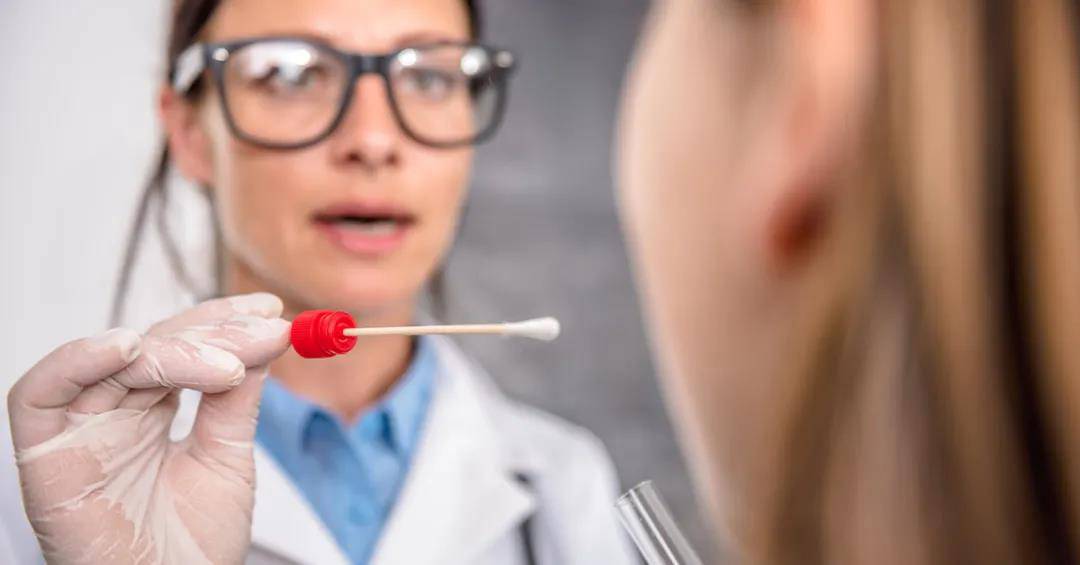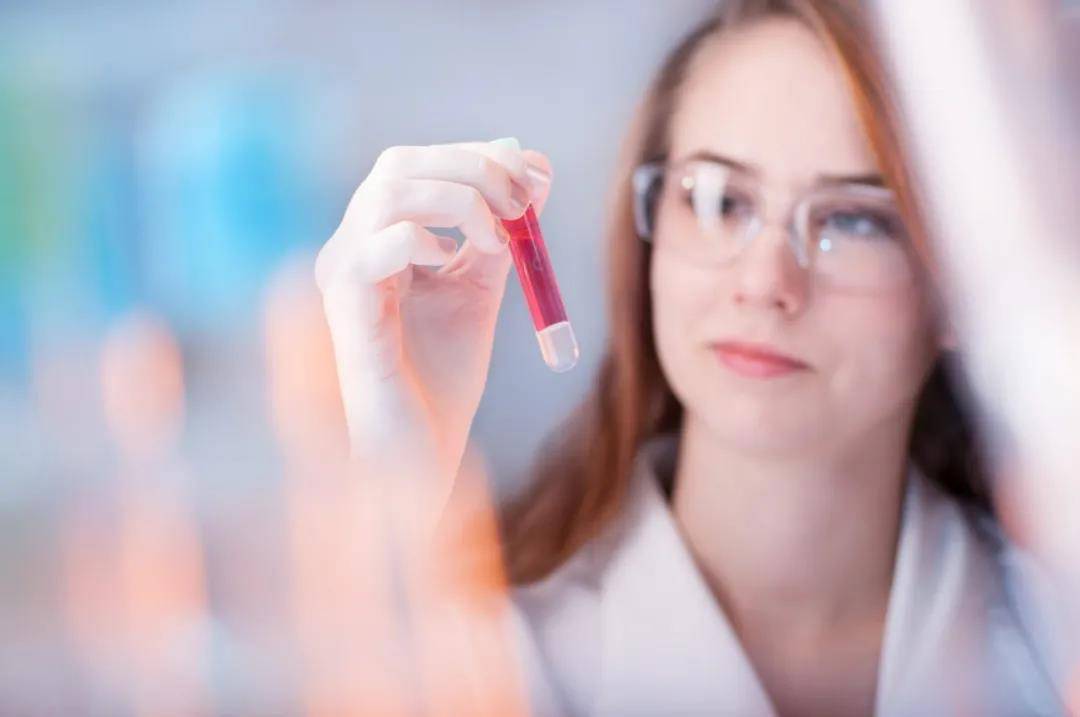Novel coronavirus pneumonia novel coronavirus pneumonia is the most important priority among priorities. The novel coronavirus pneumonia (IVD) industry will develop rapidly with the rapid development of various new technologies and the catalysis of new crown pneumonia. It is expected to become one of the most active and fastest developing markets in the medical device industry in the future.
New technology, new mode and new demand open up new space
With the rapid development of biotechnology, the market scale of global in vitro diagnosis industry is growing rapidly. According to the data of China in vitro diagnostic network (caivd), in 2013, the market size of the global in vitro diagnostic industry was about US $60 billion, and it has exceeded US $80 billion in 2019, with an average compound annual growth rate of 6%. It is expected that the market size will exceed US $90 billion in 2020 (see Figure 1)
According to the detection principles and methods, it can be divided into six major fields: immunodiagnosis, biochemical diagnosis, blood diagnosis, molecular diagnosis, microbiological diagnosis and instant diagnosis (POCT). From the development trend of global in vitro diagnostic market, in recent years, the market share of clinical biochemical diagnosis and immunodiagnosis products has slightly decreased, while the market share of nucleic acid identification, microbiology, histology and flow cytometry has increased year by year, with an average compound annual growth rate of more than 10%. In 2019, immunodiagnosis has the largest market share, accounting for 23%, followed by biochemical diagnosis, accounting for 17% (see Figure 2 for details).
In recent years, new technologies and models of the global in vitro diagnostic industry have been emerging. Molecular diagnosis technology represented by the two generation gene sequencing (NGS), real-time detection products represented by microfluidic chips, and new technologies and models such as modern health management and precision medical care, represented by big data and Internet plus, have opened up new room for the in vitro diagnostic industry. With the continuous upgrading of in vitro diagnostic technology and the wide application of related cutting-edge science and technology, the global in vitro diagnostic market will maintain a sustained growth trend. In addition, the global population base is increasing, and the incidence rate of chronic diseases, cancer and other diseases is increasing. It also promotes the continuous development of the in vitro diagnostic market.
Driven by the acceleration of population aging, innovation technology breakthrough and policy dividend, the in vitro diagnosis industry in China has been developing continuously. In recent years, the domestic in vitro diagnosis industry has developed rapidly, some local enterprises have made breakthroughs in technology, and some local enterprises have risen rapidly driven by the huge domestic market demand. In addition, in recent years, China has successively issued a series of policies to support the development of in vitro diagnosis industry. For example, there are corresponding supporting policies in the 13th five year plan for medical device science and technology innovation, 13th five year plan for biotechnology innovation and healthy China 2030 planning outline, which further stimulate the vitality of the industry.
Emerging markets have potential
Overall, the development of global IVD market is extremely uneven. From the perspective of regional distribution, North America, Western Europe and other economically developed regions account for more than 60% of the market share; from the perspective of enterprise market share, nearly half of the market share is taken by Roche, Abbott, Siemens and Danaher. China is an emerging market of in vitro diagnosis industry, which is in a period of rapid growth at present and can be expected in the future.
At present, developed economies such as North America and Western Europe account for more than 60% of the global in vitro diagnostic market. However, developed countries and regional markets have entered a mature stage with relatively stable development and slow growth. In developing countries, as an emerging industry, in vitro diagnosis has the characteristics of small base and high growth rate. It is expected that in the emerging markets represented by China, India and other countries and regions, the growth rate of in vitro diagnosis market will remain at 15% ~ 20%. The emerging market will become one of the most potential areas of in vitro diagnosis industry.
China’s in vitro diagnosis industry started in the late 1970s and is now in a period of rapid development. In 2019, the market scale of China’s in vitro diagnosis industry is close to 90 billion yuan, with an average annual compound growth rate of more than 20%. In the past 10 years, more than 20 local in vitro diagnostic enterprises have successfully achieved IPO, and Mindray medical, Antu biological, BGI and Wanfu biological have become the leading enterprises in their respective segments. Some widely used items (such as biochemical diagnosis and instant diagnosis) have reached the international advanced level in the same period. Similar to the international market, Roche, Abbott, Danaher, Siemens and hysenmecon account for more than 55% of China’s IVD market. Multinational companies make use of their advantages in products, technology and services to continuously increase their investment in China, especially in the domestic tertiary hospitals and other high-end markets, where the price is generally higher than that of domestic similar products. In this year’s novel coronavirus pneumonia prevention and control, the local in-vitro diagnostic enterprises show their bright eyes. The third party testing company has improved its status in the medical system, and is expected to undertake more disease diagnosis work.
In vitro diagnostic reagents are disposable consumer goods, and the stock market demand will not shrink. The domestic in vitro diagnostic market is far from reaching the “ceiling”. There are still many unsaturated fields to be developed, and the industry will maintain a stable and rapid development trend in the future.
Good prospects for three major segments
In the post epidemic era, China’s in vitro diagnosis industry will enter a period of vigorous development in molecular diagnosis, immunodiagnosis and instant diagnosis.
At present, the market growth of molecular diagnosis industry in China is fast, the industry concentration is low, the technology gap between domestic and foreign enterprises is small, and each enterprise has its own field of expertise.
According to statistics, in 2019, the market scale of China’s molecular diagnosis industry is about 11.58 billion yuan; the average annual compound growth rate from 2011 to 2019 will reach 27%, about twice the global growth rate. In China’s molecular diagnosis market, foreign-funded enterprises account for 30% of the market, mainly concentrated in the upstream of the industrial chain, with products of Roche, Abbott’s quantitative PCR and IL Lumina’s sequencer is the representative; local enterprises account for 70% of the product market, and their business mainly focuses on PCR diagnostic reagents and ngs diagnostic services. The representative enterprises include Kaipu biology, aide biology, Huada gene, berry gene, Zhijiang biology, Daan gene, etc.
There are many participants in molecular diagnosis market in China, and the industry concentration is low. The main reason for this phenomenon is that the clinical needs involved in molecular diagnosis are numerous and complex, and each market participant has its own technical characteristics and areas of expertise, so it is difficult to fully cover all businesses, so it is difficult to form a dominant competitive pattern.
Molecular diagnosis technology mainly includes PCR, fish, gene sequencing and gene chip. In the long run, the development space of gene sequencing technology is broader, but its cost is higher. PCR technology is still the mainstream technology in the field of molecular diagnosis. In order to do a good job in epidemic prevention and control, a number of domestic molecular diagnosis enterprises have successively developed new coronavirus nucleic acid detection kits, and most of these kits use fluorescent quantitative PCR technology, which plays an important role in epidemic prevention and control, and drives the whole molecular diagnosis industry to have a good prospect.
Immunodiagnosis
At present, immunodiagnosis market is the largest market segment of in vitro diagnosis industry in China, accounting for about 38% of the whole in vitro diagnosis market.
More than 60% of the market share of immunodiagnosis in China is occupied by foreign-funded enterprises, while only 30% of the market share of local enterprises such as Mindray medical, Mike biological, Antu biological, etc. is occupied, and the industry concentration is high. Foreign funded enterprises occupy 80% ~ 90% of the high-end market share of immunodiagnosis in China with their product technology advantages for many years, and their customers are mainly tertiary hospitals; local enterprises speed up the process of domestic substitution through the advantages of cost performance and matching reagents.
Immediate diagnosis
China’s real-time diagnosis market started late, and the overall market scale is small. However, in recent years, the market growth rate has always maintained at 10% ~ 20%, far higher than the global growth rate of 6% ~ 7%. According to the data, in 2018, China’s real-time diagnosis market will reach 6.6 billion yuan, reaching about 7.7 billion yuan in 2019; Roche, Abbott, merier and other foreign-funded enterprises will occupy a dominant position in China’s high-end real-time diagnosis market, with a market share of about 90%; local enterprises are gradually overtaking on the curve with their price advantages and technological innovation.
Instant diagnosis can quickly produce results, which is not limited by the testing site, but also requires low professional skills of operators. It is suitable for grass-roots medical institutions, as well as large hospitals, such as emergency, outpatient, pre-operative infectious disease screening, nosocomial infection monitoring, entry-exit on-site detection, entry-exit personnel self inspection and other scenarios. Therefore, convenient, miniaturized and suitable for rapid diagnosis of real-time diagnostic testing products will play a more important role in the development of in vitro diagnosis industry in the future. At present, the representative real-time diagnosis enterprises in China include Wanfu biology, Jidan biology, Mingde biology, Ruilai biology, Dongfang gene, Aotai biology, etc.
Through the comprehensive consideration of the impact of the epidemic situation and the market development prospect, we can find that the market development trend and Prospect of molecular diagnosis, immune diagnosis and instant diagnosis are good. With its important role in epidemic prevention and control, in vitro diagnosis will be more concerned and recognized by the market, and it will be one of the most potential areas in the medical device industry in the next few years.
Media Contact
Company Name: SHENZHEN CITY LIFAN CENTURY TECHNOLOGY CO.,LTD
Contact Person: LIFAN
Email: Send Email
Phone: +86 15220198492
Country: China
Website: https://www.lfcentury.com/


